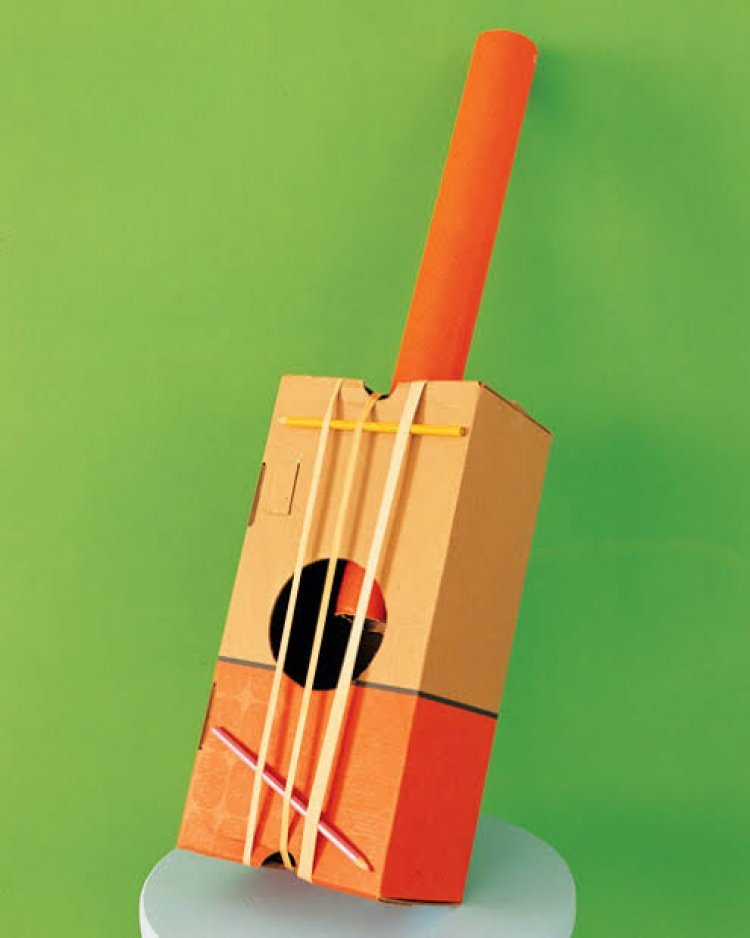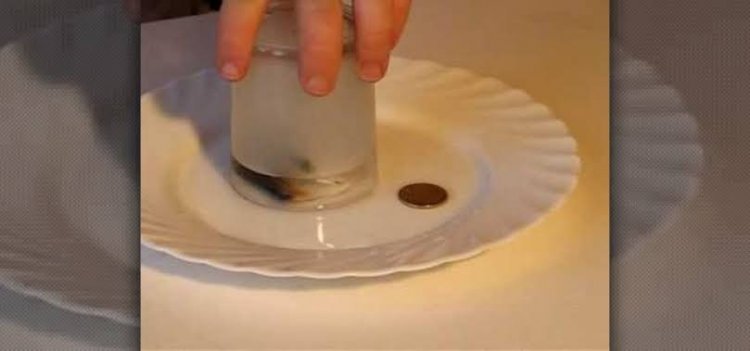Fun scientific experiments for children
Try out these fun scientific experiments for children and explore the science world 1. Rubber band guitar 2. Matchstick boat 3. Pick up a coin in water 4. Easily made mariner's compass 5. Raising ice cube with matchstick

FUN SCIENTIFIC EXPERIMENTS FOR CHILDREN
Schools and colleges always promote the conduction of various science fests, activities, and exhibitions. The purpose behind it is to impart complex scientific ideas and concepts through curious science experiments. Through this method, students can get a clear-cut image of the concept and always allow them to indulge in its application level. It’s highly promotable as their studies and even mind is getting vast conception of matters. Hence, this article aims at presenting fun scientific experiments for students to outshine their performance 1. Rubber band Guitar 2. Matchstick Boat 3. Pick up a coin in water 4. Easily made Mariner's Compass 5. Raising ice cube with a matchstick.
1. Rubberband guitar

Take a cardboard box and make a hole of a bangle shape at the center. Now, entwine three strong rubber bands of different thicknesses, end to end with adequate space between them. Place two pencils or sticks on the end sides of the box as the picture shows. Now, pluck one of the strings (rubber band) and other ones and feel the different vibrations. You might experience a difference in sound as the thinner rubber band makes higher pitch sound as they vibrate quickly. By increasing the hole or by changing the position of pencils, you can make different sounds. The hollow body of the box amplifies the vibrations produced by bands.
2. Matchstick boat
This experiment shows how the matchsticks can move on their own without any external pressure on them. Take a vessel full of water and place two or three matchsticks carefully on the water surface. Let the water stay still and at that time, pour some soap water gradually into the vessel. You can notice that the matchsticks rush towards the sides like boats. As we all know, due to surface tension water molecules on the surface acts as an elastic membrane, and when soap water pours, this elasticity got reduced. As a result, this reaction happens in the matchsticks like they rushing.
3. Pick up a coin in the water

You are given a task to pick up a coin placed on a plate full of water without rinsing your hands. Is that difficult? But, science can do that simply with a glass and water. You need to take a glass and put a burning paper piece into it and wait until the burning gets over. Immediately after the burning stops, capsize glass on the coin. It’s surprising to see that the water surges onto the glass and you can easily pick up the coin from the plate without rinsing your fingers. The science behind this idea is that, during burning, the air inside the glass expels out. This causes the decline of pressure inside the glass and this airless space occupies the water.
4. Easily-made mariner’s compass
Mariner’s compass is used to find the north, south, east, west directions and this works by the influence of the earth’s magnetic field. But, we can make it with the components like a sewing needle, magnet, cork that are available at our home. First of all, rub the needle using a magnet or along the magnetic strip of the fridge door. This should be done more than 50 times to attain magnetic nature in the needle. Now, place the needle onto the cork and gently place the cork in a vessel with water. As soon as the water stops waving, you can see that the needle points towards the north direction. It should be ensured that there’s nothing that can attract the magnetized needle.
5. Raising ice cube with matchstick

It’s even difficult to hold the ice with our fingers, but in this case, we will see how a matchstick can hold the ice cube. Fill water in a glass to the brim and put an ice cube on it. Now, place a matchstick on the ice and sprinkle some salt. After some time, lift the matchstick slowly and you can see the magic that the ice is sticking to the matchstick. Saltwater can only solidify under zero degrees celsius and if salt is sprinkled on ice with zero degrees celsius, it will melt. Hence, here also the ice melts and the energy needed for this is taken from the atmosphere. The water droplets below the stick (no salt there) solidify as the temperature drops due to the lack of salt and thereby stick to the match stick.
Try out these simple but fun-filled experiments to make your difficult subject easier.

















